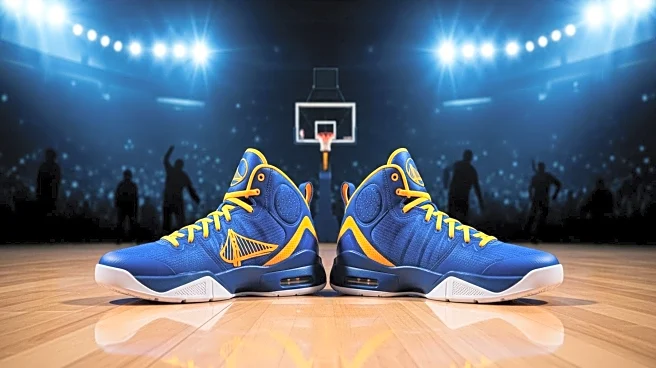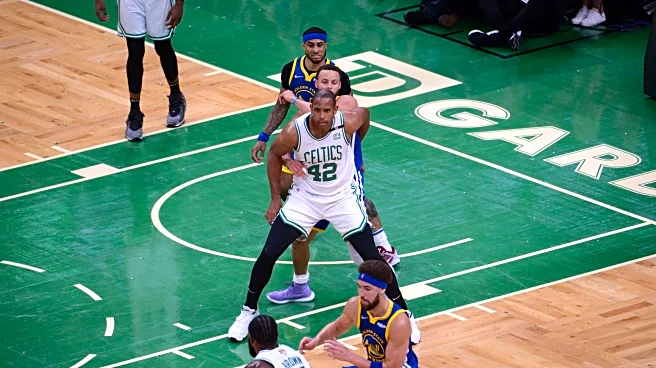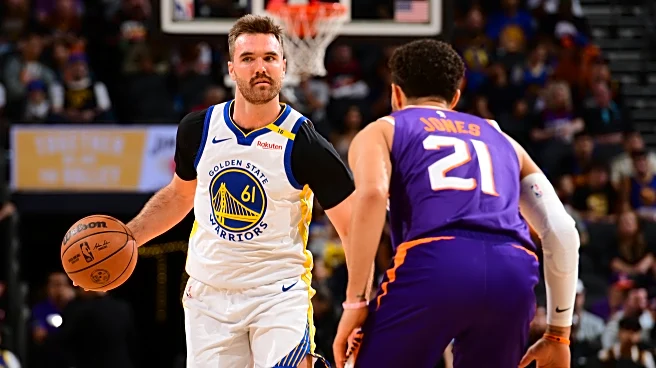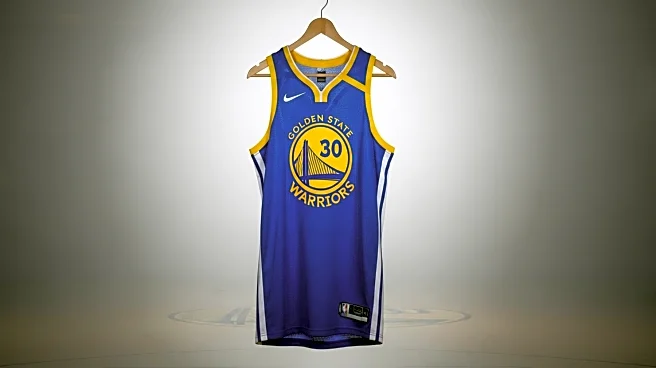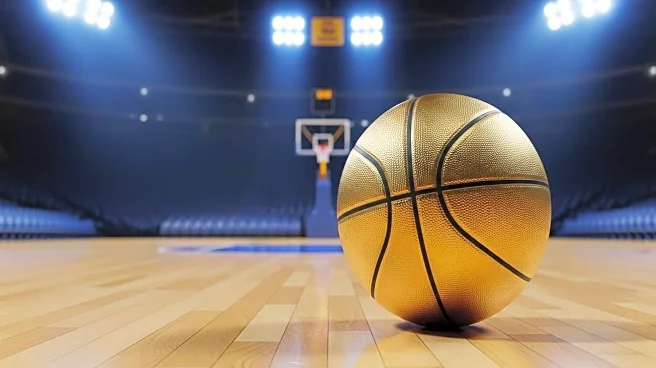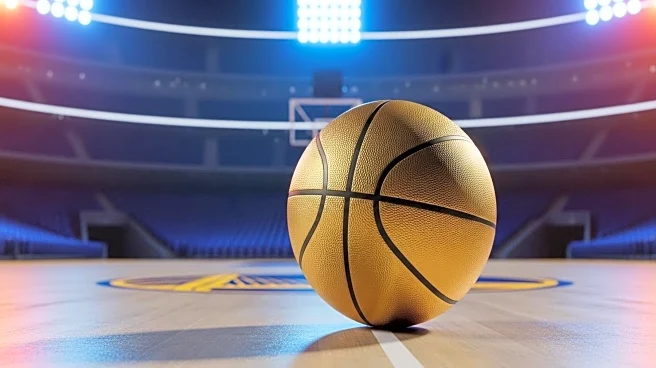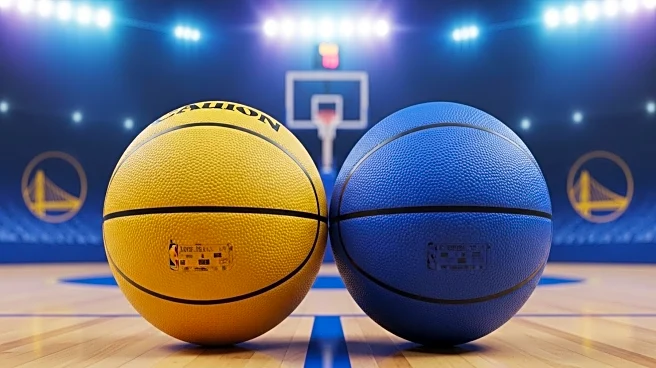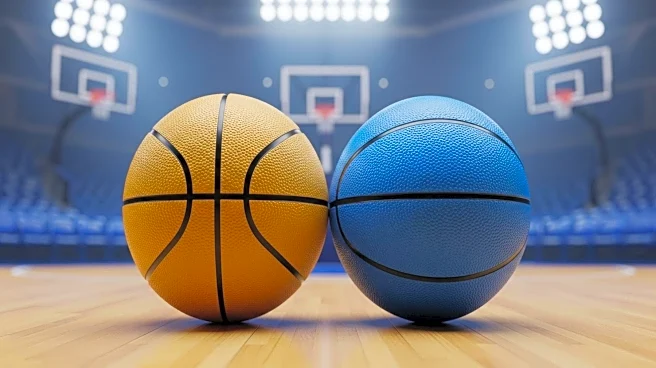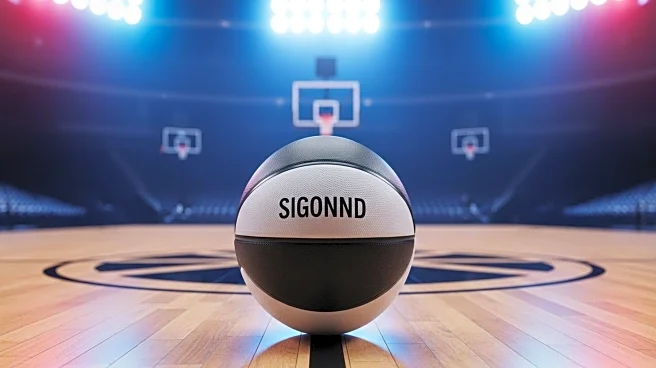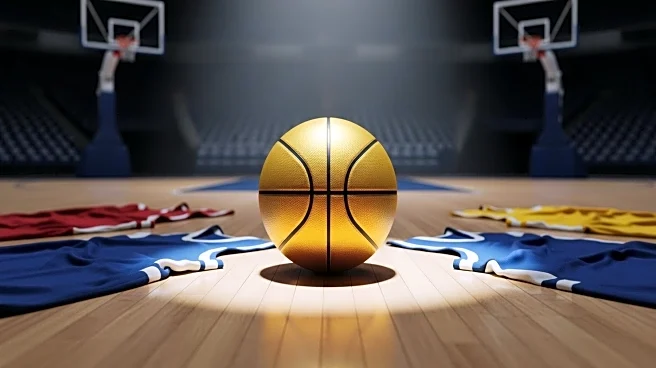What's Happening?
The Golden State Warriors have re-signed guard Pat Spencer to a two-way contract for the upcoming 2025-26 NBA season. Spencer, a former collegiate lacrosse star, transitioned to professional basketball and has been a part of the Warriors' roster. Last season, he played 39 games for Golden State, averaging 2.5 points, 1.2 rebounds, and 1.2 assists in 6.4 minutes per game. Spencer also made a significant impact in the Santa Cruz G-League affiliate, contributing 22.0 points, 6.0 assists, and 5.3 rebounds per game. The Warriors' decision to retain Spencer comes amid their efforts to bolster their guard rotation, which includes key acquisitions like De'Anthony Melton, Seth Curry, and Gary Payton II.
Why It's Important?
The re-signing of Pat Spencer is crucial for the Golden State Warriors as they aim to maintain depth in their guard rotation. With the potential absence of De'Anthony Melton and Seth Curry at the start of the season, Spencer's presence provides the team with flexibility and additional options. His performance in the G-League demonstrates his capability to contribute effectively, which could be vital for the Warriors as they navigate the challenges of an aging roster. Spencer's unique background as a lacrosse player turned basketball professional adds an interesting dynamic to the team, potentially inspiring other athletes to pursue cross-sport careers.
What's Next?
Pat Spencer is expected to play a role in the Warriors' strategy for the 2025-26 season, particularly during the initial weeks when some key players might be unavailable. His two-way contract allows him to split time between the NBA and the G-League, providing him with opportunities to further develop his skills and make a case for more consistent playing time. The Warriors will likely monitor his performance closely to determine how best to utilize his talents in their quest for another successful season.
Beyond the Headlines
Spencer's journey from collegiate lacrosse to professional basketball highlights the increasing fluidity between sports careers, showcasing the potential for athletes to transition between different sports at a high level. This trend could encourage more athletes to explore opportunities beyond their primary sport, potentially leading to a more diverse and dynamic sports landscape.

